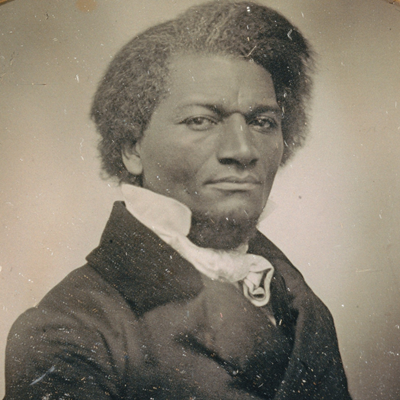
In 2022, we witnessed the first World Series that required umpires to take on public speaking duties. How did they do?
This past season, Major League Baseball umpires finally did what we've come to expect from referees in the NFL: They explained calls to the audience in the stands and at home.
An article in The New York Times reported on the process they followed to prepare themselves for the change in 2022. Their experiences provide insights for all of us on how to approach a challenging audience.
Have a plan.
It can be tough to explain a baseball call in a quiet room. Now, imagine doing that in front of an arena filled with crazy fans. And since you don't know what the call will be, you can't script it.
Or can you?
As with so many other "impromptu" speaking assignments, umpires found there are ways to prepare. They:
- Worked out the best way to word their explanations
- Had formal rehearsals for delivering them
- And developed frameworks they could use to organize their thoughts to explain the most common calls
Speakers can follow a similar process for business presentations and pitches, especially when prepping for questions and challenges.
Take your time.
When we're under pressure, it's easy to rush through our message. When the fight-or-flight instincts kick in, it's that much more tempting to hurry. But umpire Mark Carlson told The New York Times he's learned the value of slowing down. He said:
"You don't have to speed through the announcement just to get through it. You take your time. If you have to take that breath before you start speaking, you take that breath, settle in, mentally prepare what you're going to say and go from there."
That's great advice for any speaker who's feeling nervous—and especially helpful for projecting confidence and calm when facing a tough crowd.
Manage your eye contact.
Eye contact is a powerful tool for a speaker, something we emphasize in every one of our programs. It can also be a way for a nervous presenter to gain confidence.
And when facing a hostile crowd, eye contact can feel like the last thing the speaker wants to make.
So consider what you're up against and how eye contact can help or derail you. For example, umpires said they avoided eye contact with fans.
In a business presentation, you might avoid eye contact with an outspoken opponent of your idea so that you don't give them an opening to challenge you. Or you might use your eye contact to seek out the decision maker in the room during a key point, taking care of course not to linger so long that you make the person feel uncomfortable.
Focus on your goal.
As you might imagine, describing a call in a stadium filled with fans and for a live TV audience is a situation ripe for technical snafus and speaker distractions. Umpires said they have to deal with weird echoes from public address systems, static of the electronic sort, and static from their audiences, too.
Pressing ahead and focusing on their message, they told the Times, is how they power through.
While you do need to deal with technical issues that are making it hard for your audience to hear or see your presentation, you also want to minimize your reaction. If there's a problem you can fix quickly, do so. If there's a problem you can’t fix readily—your PowerPoint presentation won't load, for example—move past it and keep your message going without the technical piece whenever you can.
Maybe try not to look so grim.
"They all seem like they'd rather not be doing it," Los Angeles Angels player Aaron Loup told The New York Times. He seems to be able to read the discomfort umpires are having with their public speaking duties. And he says he can feel their pain.
That tends to be true about audiences for other types of presentations. Audiences pick up on the feelings of the speaker. If you're comfortable, they're comfortable. If you're filled with dread, they may soon join you in that pit of despair.
So when it's appropriate for a message, try smiling. Bring some energy and variety to your voice and body language. Look as if you might be glad for the opportunity to speak, even if you know the topic may receive some push back.
The confidence and other positive emotions you project will tend to come back to you. That, in turn, gives you an even more solid base from which to operate.
Learn more
Find The New York Times article about umpires and their 2022 public speaking challenges here.
You'll find our tips on managing Q&A here.
For more on the power of eye contact and how to use it to gain confidence, read this.
Below, video of an MLB umpire making calls using the new system:






